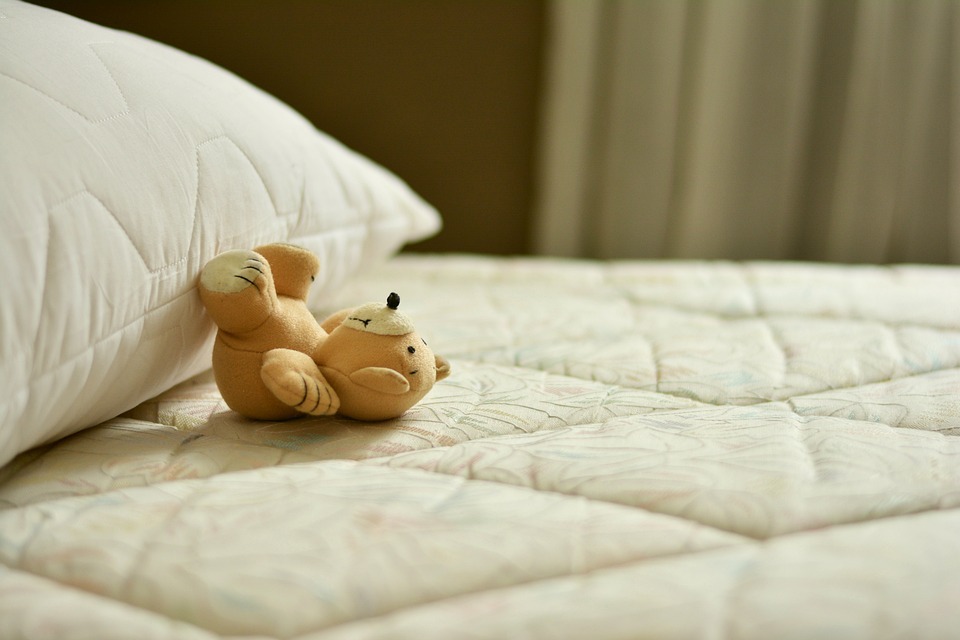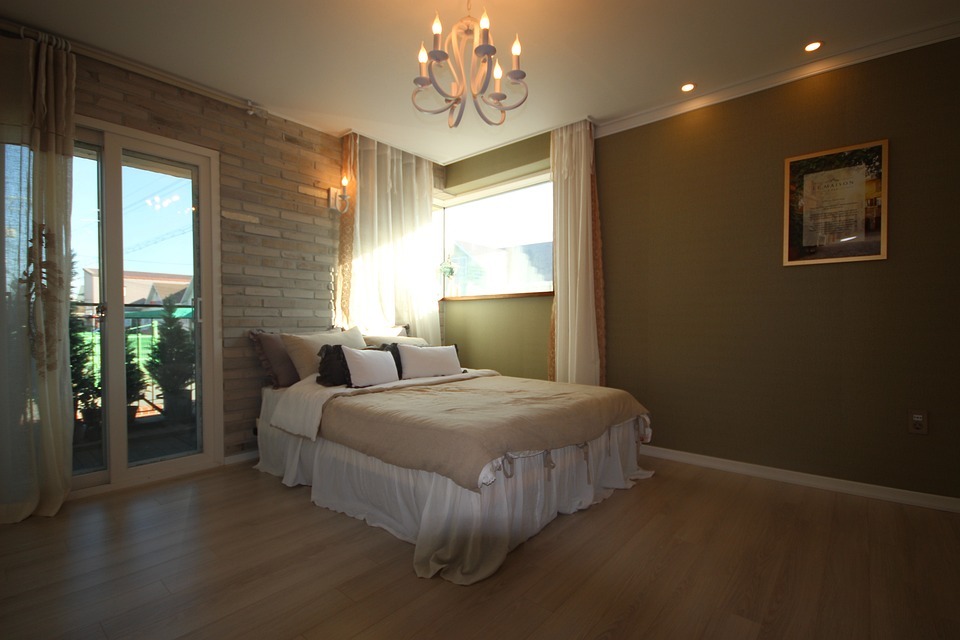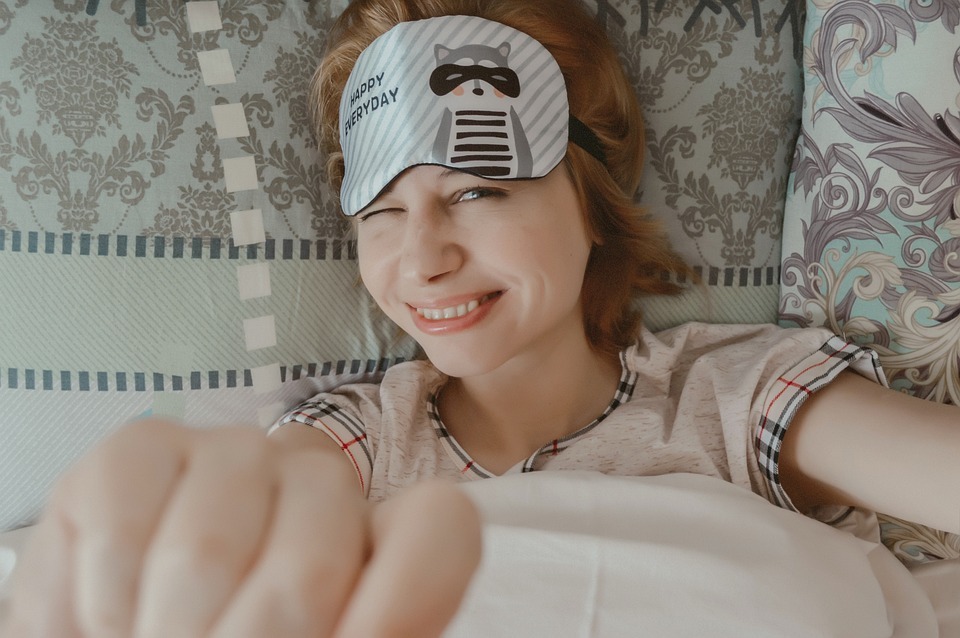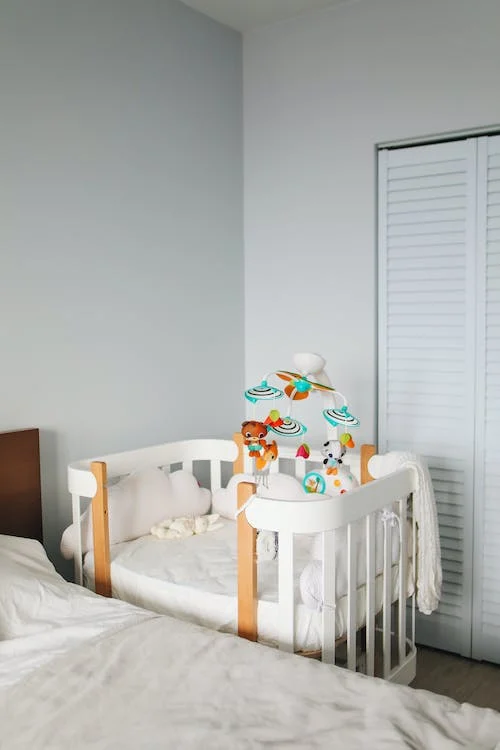Choosing the perfect mattress for your little ones can be a superhero mission. A supportive mattress can make all the difference, not just for your child’s back but also for their overall wellbeing. With a little bit of mattress magic, we can give our mini-me’s the sleep they deserve and become sleep superhero parents!
When it comes to your child’s health and well-being, every little detail counts, including different aspects of the mattress they sleep on. The firmness, size, type, durability, and material of the mattress are all important considerations for kids because their bodies are still growing and need to be supported as they sleep.
Safety Considerations
Mattress and Chemicals
Children are more vulnerable to harmful chemicals, which is why it’s important to choose a mattress that is free of them. Chemicals like formaldehyde, flame retardants, and volatile organic compounds (VOCs) are used in mattresses.
Formaldehyde is a chemical known to cause irritation of the eyes, nose, and throat, and in high concentrations. Flame retardants are chemicals added to mattresses to reduce the risk of fire, but it does come with a catch! Some flame retardants have been linked to cancer and other health issues, and can also be harmful to the environment. Lastly, prolonged exposure to VOCs causes eye, nose, and throat irritation.
Organic cotton, natural latex, wool, and plant-based foams are four natural alternatives used to make a mattress. They do not contain any harmful compounds, therefore, ensuring a healthy and hassle-free sleep for your young one!
Ventilation
Proper ventilation is important for preventing the growth of mold and mildew, which can be harmful to children’s health. Children have a higher respiration rate than adults, and they release more moisture into the air as they sleep. Beware as this can lead to a build-up of moisture in the mattress and can create a suitable environment for mold and mildew to grow.
Ideally, you should find a mattress that has good airflow. Mattresses made of cotton and wool are great natural alternatives that allow for more air circulation, unlike synthetic ones that trap moisture. Give your kids the sweet dreams they deserve without the worry of breathing in any harmful bacteria while they sleep.
Consider Allergens
If your child has allergies, asthma, or other respiratory issues, consider choosing a mattress that is hypoallergenic and dust-mite resistant. Synthetic materials like Polyester can be a trigger for respiratory issues, making your child’s sleep a stuffy nightmare. In contrast, some children can develop an allergy to latex, a natural rubber often used in manufacturing mattresses.
Carefully consider the materials used in a mattress and select hypoallergenic options. This will help create a safe and healthy sleeping environment for your child, where they can rest and rejuvenate to their fullest potential. Look for a mattress with a removable, washable cover to help reduce allergens.
Check for Safety Standards
Make sure the mattress meets safety standards such as the Consumer Product Safety Commission (CPSC) regulations. It is recommended to choose a mattress that is certified by organizations like CertiPUR-US, GREENGUARD Gold, or OEKO-TEX. These certifications mean that the mattress has been tested for regular use and meets strict standards for quality, safety, and environmental responsibility.
CertiPUR-US is a big name on the block when it comes to mattress certifications, and for all the right reasons.
- Ensure Safety and Sustainability: CertiPUR-US is a certification program that verifies that the foam used in a mattress meets certain safety and environmental standards. It ensures that the foam has been tested and found to be free of harmful chemicals, such as ozone depleters, flame retardants, and heavy metals, that can be harmful to your health as well as the environment.
- Peace of Mind: Choosing a mattress that has been certified by a reputable organization like CertiPUR-US can give you peace of mind that the mattress you are purchasing is safe and of high quality. It’s not only the child who will sleep well. You will, too!
- Durability: CertiPUR-US certification also verifies that the foam used in the mattress has been tested for durability and performance. CertiPUR-US requires that foam samples undergo a series of tests to measure their resilience, density, and compression set. These tests ensure that the foam used in a mattress is capable of maintaining its shape and providing adequate support for a reasonable period.
Mattress Size
Selecting the right size of mattress for a child’s bed is crucial to create a comfortable and functional space that meets their needs. Various factors can impact this decision, including the child’s age, size, activities, and storage needs. You will also have to consider the available space in the bedroom. Following are some of the most common mattress sizes for kids:
- Twin-Size Mattress: The twin-size mattress is a rockstar when it comes to kids beds. It measures 38 inches wide and 75 inches long providing ample space for most kids to sleep comfortably. Twin-size mattresses are great for smaller bedrooms and can fit easily into bunk beds or loft beds without breaking the bank.
- Twin-XL-Size Mattress: The twin XL mattress is the cool, older sibling of the twin mattress. It’s the same width, but a bit longer, measuring 80 inches long. This size can be great for taller kids or for teens who may need a little more legroom. A quality twin XL mattress can cost between $500 to $800.
- Full-Size Mattress: A full-size mattress is larger than a twin-size mattress, measuring 54 inches wide and 75 inches long. So you’ve got plenty of space for a child who loves to wiggle around in their sleep or snuggle up with their favorite toys. Just remember, it might not fit in smaller bedrooms or bunk beds, so measure twice and buy once. The costs vary by brand, with averages ranging from $500-$1500.
- Queen-Size Mattress: A queen-size mattress measures 60 inches wide and 80 inches long. This mattress size is perfect for older kiddos who need more space to snooze or have sleepovers with friends. Although the chances of having twins are thin, it is still possible. In such a case, you would need a Queen-size mattress instead of a regular one. Keep in mind that it may be too big for smaller bedrooms or shared spaces. Besides, a queen-size mattress is the most expensive of all the options and can cost you up to 2 grand!
- Pro-Tip: Testing is important. Let your child try out different mattress sizes to see what feels just right. Notice your child’s sleeping habits, space requirements, and then pick the right one. With the perfect mattress size, your child will be snoozing soundly in no time.
Mattress Type
Mattresses for kids are super cozy! However, with different types invading the markets, it becomes a confusion on which one to choose. For your ease, the most recommended mattresses for kids are compared below.
Innerspring Mattresses: Spring into a comfy sleep with innerspring mattresses. They are a traditional type of mattress, made up using a system of interconnected coils or springs, covered in padding and upholstery materials. They are available in a range of firmness levels. and provide good airflow, ensuring that your little one doesn’t overheat while sleeping.
Memory Foam Mattresses: Memory Foam Mattresses are also a fine option for a child’s bed. Made up of layers of super squishy viscoelastic foam, they conform to the body shape, providing support and pressure relief in all the right places. Just like innerspring mattresses, these ones are also available in multiple levels of firmness.
Latex Mattresses: Latex mattresses are made up of natural or synthetic latex foam, which provides support and pressure relief. It is advised to go for natural latex only, as many children are allergic to synthetic latex. They are durable and long-lasting, which helps to withstand all the bouncing and jumping that kids love to do.
Hybrid Mattresses: Hybrid mattresses combine the best of both worlds by combining innerspring and memory foam. They have a support system made up of coils or springs, with a layer of foam or latex on top. These mattresses are a great choice for active kids who need a versatile and comfortable sleep surface.
| Mattress for Kids | Comparison Table | ||
| Mattress | Pros | Cons |
| Innerspring Mattresses | Good support and durability | Can be noisy and have motion transfer |
| Sufficient airflow for temperature regulation | May not provide adequate support for heavier individuals | |
| Generally more affordable | May not last as long as other options | |
| Memory Foam Mattresses | Conforms to body shape for pressure relief | Traps heat and affects airflow |
| Absorbs motion transfer for less disturbance | Has an initial chemical odor | |
| Can help with pain relief and joint alignment | Has a sinking feeling that some people don’t like | |
| Latex Mattresses | Natural materials and hypoallergenic | Expensive compared to other options |
| Durable and long-lasting | Heavy and difficult to move | |
| Resistant to dust mites and mold | Does not have the same bounce as other options | |
Hybrid Mattress |
Combines benefits of multiple materials | May not have the same level of bounce or support as other options |
| May have advanced features like cooling or edge support | More expensive than other types of mattresses | |
| Can provide a balance of comfort and support | The specific combination of materials can affect the overall feel of the mattress | |
Firmness of Mattress
Choosing the right level of firmness for a child’s mattress is crucial for ensuring proper support and comfort during sleep. Factors such as age, weight, and sleeping position should be taken into account when selecting the appropriate level of firmness. Whether your child is a back sleeper or a little acrobat who needs extra bounce, there’s a firmness level that will keep them comfortable and supported all night long.
For example, toddlers, and Infants require a firmer mattress to reduce the risk of suffocation and promote healthy spine development. On the other hand, older children may prefer a softer mattress that conforms to their body shape and provides cushioning for pressure points.
Primarily, there are three types of firmness levels offered in a mattress, as summarized in the table below.
| Levels of Firmness | Recommended Age Range | Use-Case |
| Firm | Infants and Toddlers |
|
| Medium-Firm | Preschoolers and Early Elementary |
|
| Soft | Teens |
|
The level of firmness can impact a child’s sleep quality and overall health. A mattress that is too firm can lead to discomfort and stiffness, while a mattress that is too soft can cause spinal misalignment and poor posture. In addition, the level of firmness can also affect how well a child sleeps, including how often they wake up during the night and how long they stay asleep.
Whether your child is a back sleeper, tummy sleeper, or even a little acrobat, there’s a firmness level that will keep them comfy and supported all night long. Just remember to take their unique needs and preferences into account, and soon enough, they’ll be sleeping like a baby (pun intended!).
Durability and Longevity
Your kid’s sleep routine deserves a reliable and long-lasting mattress. Frequent mattress replacements can leave your child feeling restless and uncomfortable. This is why selecting a durable and long-lasting mattress for children is important to promote healthy sleep habits.
The secret to a long-lasting mattress lies in the materials and construction methods used. For instance, mattresses made of high-quality materials such as latex or memory foam tend to last longer than those made of synthetic materials. Mattresses with strong support cores and sturdy edge support tend to be more durable than those with weaker structures.
Don’t skimp on your child’s mattress! Opt for a high-quality product with excellent durability to ensure that your little one sleeps soundly and wakes up feeling energized every day.
Conclusion
Choosing the perfect mattress for your little one is like finding the golden ticket to a magical sleep experience! Children spend a significant amount of time sleeping, which makes the quality and comfort of their mattress essential for their growth and overall well-being.
Choosing the right mattress gives the growing body perfect support for happy bones and muscles, and ensures they sleep soundly.
When selecting a mattress for your child, consider their age, weight, and sleeping preferences. It’s also crucial to maintain good sleep hygiene by keeping a consistent sleep schedule, creating a comfortable sleep environment, and limiting screen time before bed. Sweet dreams!





